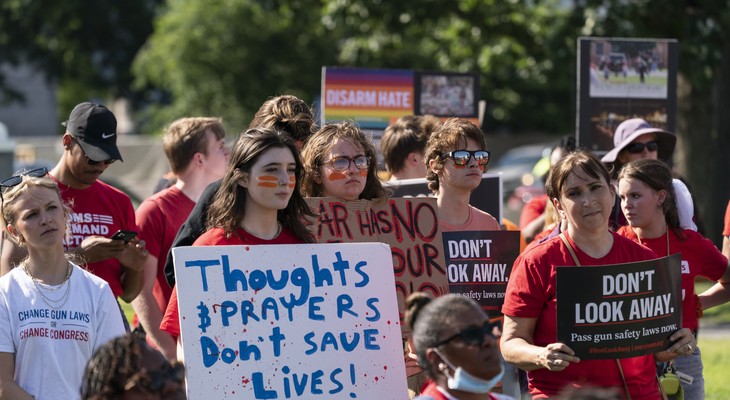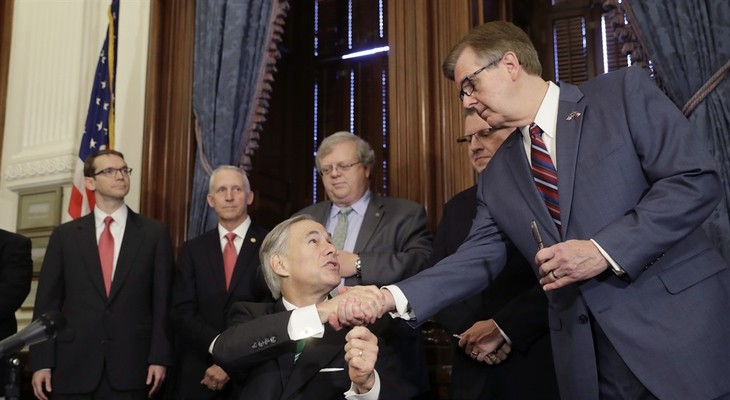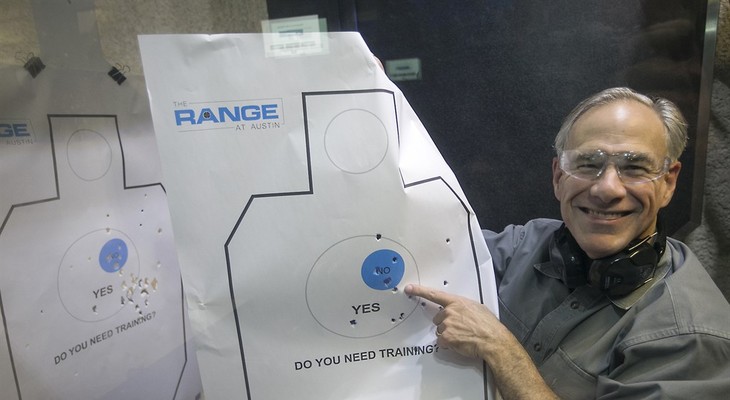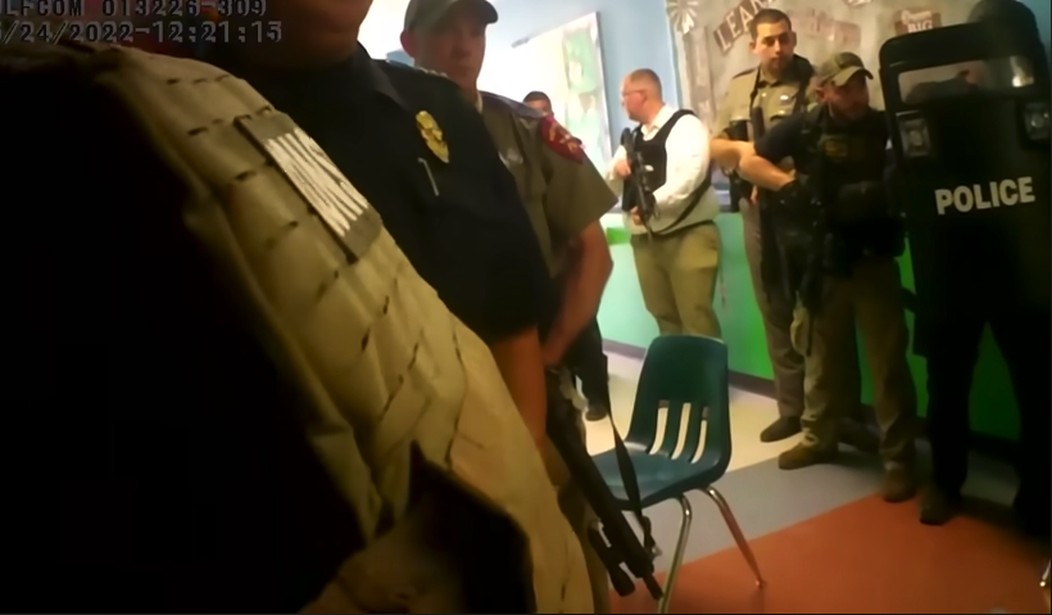In the wake of the 2022 Robb Elementary School massacre in Uvalde, Texas, the public demand for someone to “do something” reached a fever pitch, and rightfully so: 21 people died — 19 of whom were children. Anything this horrific begs the question, “What could have saved them?”
Gov. Greg Abbott thought $50 million for ballistic shields was a strong response and, on paper, perhaps it was, but there were bullet-resistant shields up and down that school’s hallway and they didn’t amount to an ounce of good. Shields are a tool, not a tactic. Much like a chef wouldn’t use a cleaver when a paring knife would do, effective tools are usually task-specific.
$50 million Texas taxpayer dollars down the drain.

What about the idea that “the best way to stop a bad guy with a gun is a good guy with a gun”? Much like the shields, guns are tools, not tactics. Every responding officer on the scene had a gun, and it still took 77 minutes for someone to “do something.”
Too much bureaucracy? Should we simply bypass law enforcement and put a gun on every campus? Members of the 88th Texas Legislature said yes. In a bipartisan effort, House Bill 3 was quietly passed and signed into law this summer.
Discerning readers will notice the word “quietly” in the above sentence. Putting a firearm on every public school campus is a monumental step, even for a state with a heritage of and modern affinity for guns. So where were the press releases and signing ceremonies? Where is the flashy bill name? Much like hashtags, acronyms are expected in activism, right?
It’s almost as though legislators didn’t want the attention or accolades. Any time a politician attempts to avoid the spotlight is unsettling. Moreover, any time a Texas Republican doesn’t immediately launch their re-election campaign or at least an email fundraiser from the We Solved A Problem! springboard, it warrants a thorough inspection.

After reading the 20-something pages of HB 3, it’s obvious the details would go over about as well as a fart in a crowded elevator — but, if it’s silent, they might just get away with it.
The biggest mistake with HB 3 is replacing expertise with intention. Just because you’re a “good guy with a gun” does not mean you can shoot well enough to hit a moving human-sized target at seven yards. A fundamental rule of gun safety is knowing what is beyond your target and accounting for every single round that comes out of that barrel.
Frangible ammunition is designed to fracture upon impact thus spreading energy out instead of through and reducing the risk of ricochet or exit wounds. It can still go through walls and people who are not wearing body armor.
Ammunition, dot or laser sights, stabilizers, and flashlights do not make an expert, but years of training, practice, and testing do. Even badge-wearing law enforcement officers don’t have that kind of time, yet the Texas legislature is expecting School Resource Officers, teachers, contract security, or anyone else assigned the duty to make that kind of time out of thin air. Unfortunately, these campuses are to be in compliance this fall or spend the time they don’t have completing waivers or extension requests.
HB 3 requires more than installing one armed person on each public school campus during school hours; it also mandates:
- Mental health training for employees who regularly engage with students,
- General intruder detection audits every year,
- An emergency response map that includes floor plans, access control, and exterior door labeling of every building on every campus,
- Walk-through opportunities with the Department of Public Safety to confirm the accuracy of the aforementioned maps,
- A multi-hazard emergency operations plan,
- Safety and security audits of physical facilities every three years,
- Semiannual meetings between the county Sheriff’s Office and no fewer than 10 other collaborating agencies, and
- Physical facilities inspection for design, construction, performance, operational, and other standards relating to safety and security at least once every five years.
You’d never know this was a joke until you get to the punchline: each campus will receive $15,000 to achieve compliance.
The $15,000 is a one-time allotment, costing the state a little more than $330 million. For those keeping track, Texas is now at $380 million taxpayer dollars for school safety and security with just these two receipts. Spreading that money over Texas’s 9,000 campuses would buy a lot of locks which, by the way, is how the Uvalde killer accessed his victims: unlocked doors.
As citizens, we need to stop waiting for politicians to “do something.” When are we going to learn that their actions are usually more ineffective and expensive than we’re told? The “solutions” from Gov. Abbott and the Texas legislature are misguided. Unnecessary shields will end up in a storage closet collecting dust. People with pistols on a campus without appropriate training are liabilities, not assets. The best thing HB 3 will do is let would-be murderers know there is someone with a gun nearby, and maybe that is enough.
Regardless of which state you call home, students are heading back to school, and the involuntary thought of an armed attacker on campus flutters through our thoughts. It is more important than ever to know what state lawmakers are doing in all 50 capitols to address school safety because if something as well-intentioned as HB 3 can go off the rails in Texas, what might be happening in your state?











Join the conversation as a VIP Member